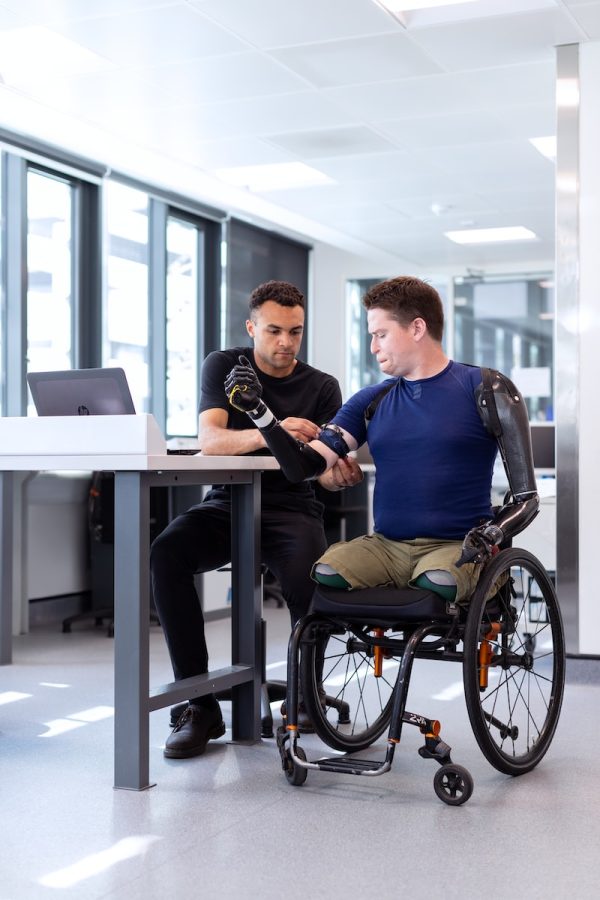Prosthetic Engineers
Prosthetic Engineers: Designing Life-Changing Technology
Source: ThisisEngineering RAEng
Have you ever heard of a prosthetic engineer? These engineers are responsible for designing and creating artificial limbs, also known as prosthetics, that help people who have lost a limb to live healthy and active lives.
Prosthetic engineers use science, engineering, and technology to design prosthetics that meet the needs of their patients. They take into account factors such as the patient’s age, lifestyle, and activities, as well as the location and type of amputation.
To create prosthetics, prosthetic engineers must first understand how the human body works. They study anatomy, physiology, and the mechanics of movement. With this knowledge, they can design prosthetics that mimic the natural movements of the body.
Prosthetic engineers also use computer-aided design (CAD) software to create 3D models of prosthetics. They can then test different designs and make adjustments before creating a physical prototype.
Once a prototype has been created, prosthetic engineers test the prosthetic on real patients to see how well it works. They gather feedback and make any necessary adjustments to improve the design.
Prosthetic engineers design many different types of prosthetics, including arms, legs, hands, feet, and even fingers. They also design prosthetics that are attached to the bone, called osseointegrated prosthetics, which offer a more natural feel and greater mobility.
Prosthetic engineers not only design prosthetics but also work to improve existing prosthetics. They research and develop new materials and technologies that can make prosthetics more comfortable, durable, and functional.
Prosthetic engineers play an important role in helping people with disabilities live full and active lives. By designing life-changing technology, they make a positive impact on the lives of many.
In conclusion, prosthetic engineers use science, engineering, and technology to design artificial limbs that help people who have lost a limb to live active and healthy lives. They study the human body, use CAD software to create 3D models, test prototypes on patients, and work to improve existing prosthetics. With their expertise, prosthetic engineers make a positive impact on the lives of many.
Related stories:
https://www.ziprecruiter.com/Jobs/Prosthetics-Engineer
https://guidetoengineering.com/5-steps-to-become-a-prosthetic-engineer/
https://www.indeed.com/q-Prosthetics-Engineer-jobs.html?vjk=4f7db9597f48d50d















